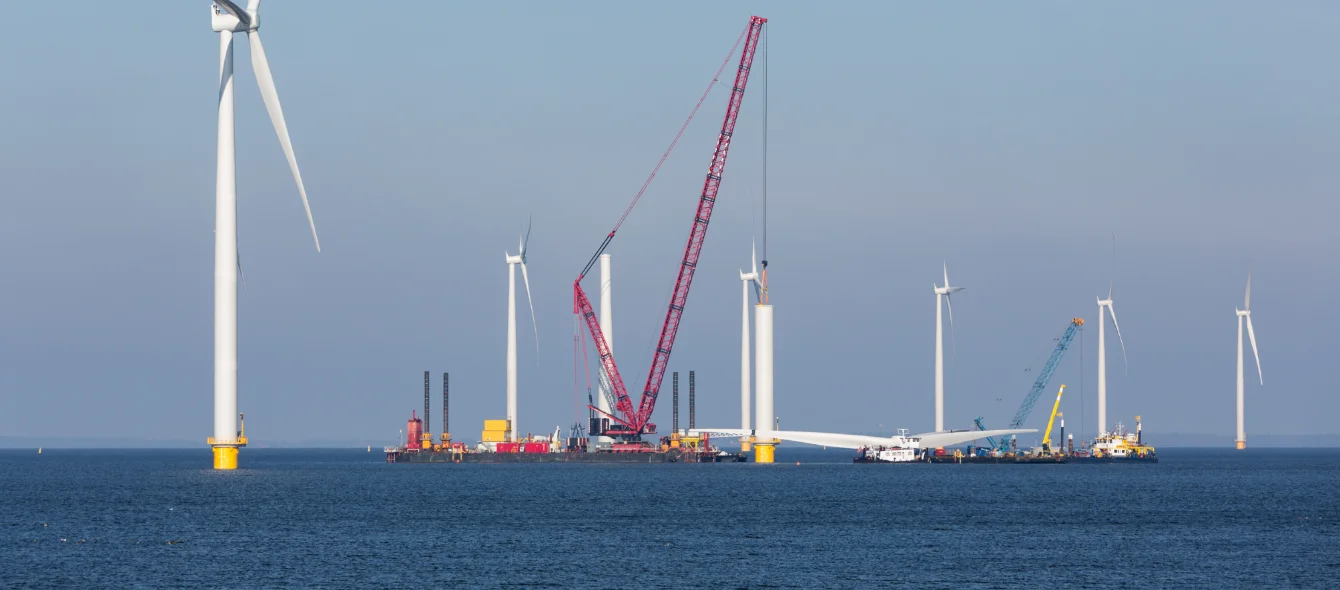Wind power capacity remains on a strong upward curve in Europe. From around 12 gigawatts (GW) at the turn of the century, there is now about 218 GW in operation. In 2019, 203 GW of wind capacity generated 462 terawatt hours of clean electricity, more than 20 times the level of 2000.
However, as the wind industry has expanded, emissions reductions targets have been raised to address the growing urgency of climate change. Most recently, the EU upped its 2030 goal to a 55% reduction in greenhouse gases compared with 1990, and both the EU and the UK are targeting net zero carbon by 2050. Meeting these raised ambitions means wind power and other renewable energy sources have to expand faster than ever before.
Capital hungry for wind investments
According to industry body WindEurope, €42.8 billion was invested in new wind farms in 2020, the second highest annual amount ever. Offshore wind attracted €26.3 billion, a record, but onshore wind accounted for €16.5 billion, the lowest level since 2017 and the second lowest in a decade.
Banks extended a record €23.8 billion in non-recourse debt – debt secured with the project itself as collateral. Project acquisitions, where investors buy into a wind farm, amounted to €15.1 billion. 66% of the capital raised was on a project finance basis, which means it will be paid back from the revenue generated by the wind farm, and 34% was corporate finance.
On a country basis, the UK accounted for the largest amount, €13 billion, largely in offshore wind, followed by the Netherlands with a total of €8 billion and then France with €6.5 billion and Germany with €4.3 billion. Germany and France were the largest investors in onshore wind with €2.2 billion and €1.8 billion respectively, amounts which were both lower than in previous years. WindEurope says there is no lack of capital for investment and that interest rate premiums continue to fall, helping to reduce wind power costs.
New asset finance in wind energy
Source: WindEurope2030 targets at risk
Last year’s investment levels will cover 13 GW of new capacity in the EU, and nearly 20 GW overall, but to meet the new 2030 emissions reduction target, the EU needs to build 27 GW of new wind capacity every year, WindEurope calculates. The key bottleneck is onshore wind permitting, which the organisation says is complex, leading to projects delays and additional costs.
The report says permitting authorities do not have enough staff to deal with the current volume of applications, let alone those needed to meet the 2030 targets. Most EU states are currently unable to meet the permitting deadlines set out in the EU Renewable Energy Directive. The consequences could be severe. Unless permitting improves, wind energy will not be able to deliver its share of the 2030 climate targets, WindEurope warns.
Photo credit: shutterstock.com, T.W. van Urk
